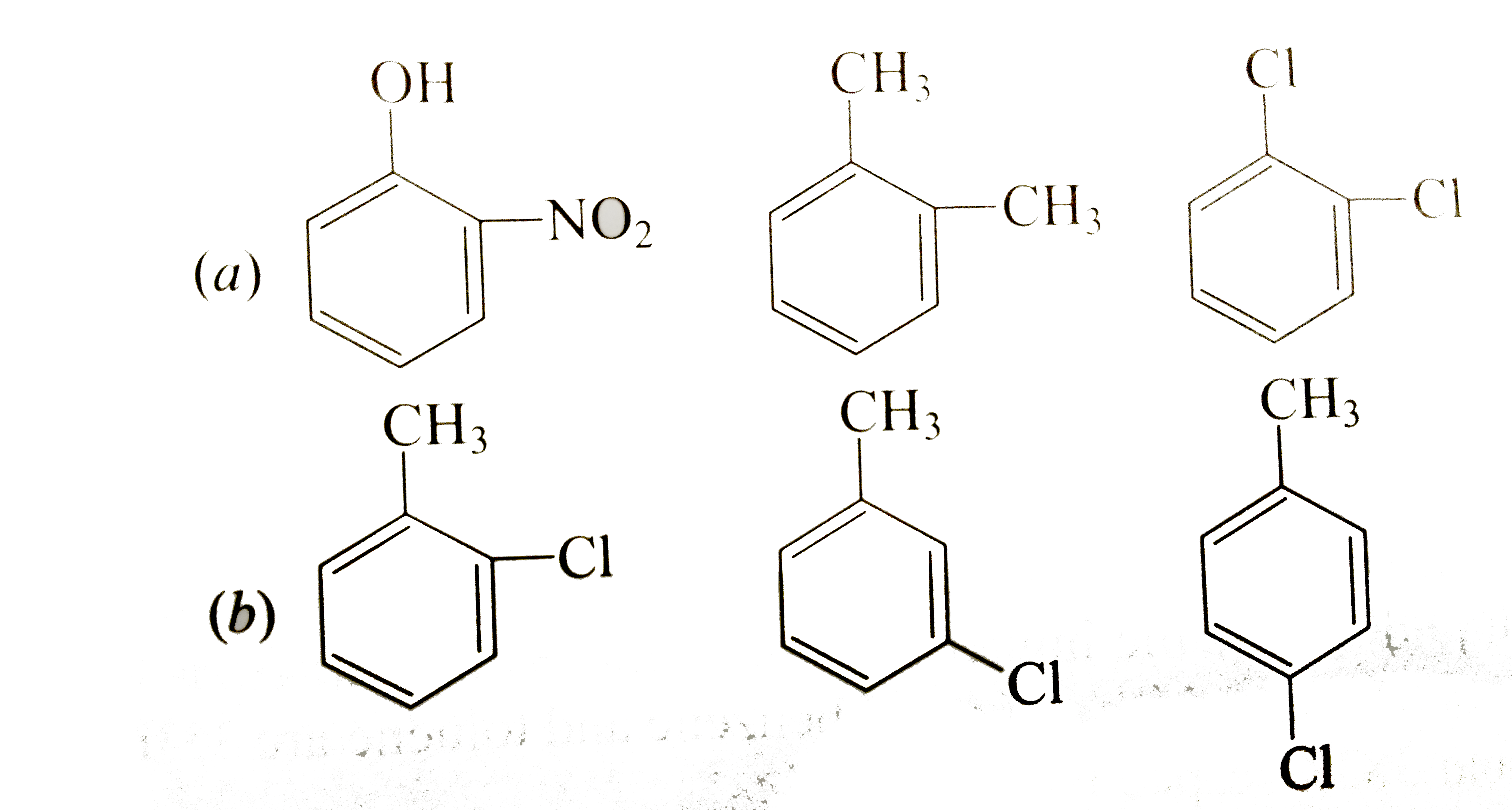Arrange the following in an increasing order of their organisation. Also, complete the missing links in the hierarchy.
Cell, Organ, Community, Population, Biosphere
To arrange the given terms in increasing order of their organization and complete the missing links in the hierarchy, we can follow these steps:
1. Identify the Basic Unit: The most fundamental unit of life is the Cell. It is the smallest structural and functional unit of an organism.
2. Forming Tissues: Cells group together to form Tissues. This is the next level of organization.
3. Forming Organs: Different types of tissues combine to form an Organ. This is a more complex structure that performs specific functions.
4. Organ Systems: Organs work together to form an Organ System. For example, the digestive system consists of various organs like the stomach, intestines, etc.
5. Individual Organism: An organ system functions together to create an Individual (or a single organism).
6. Population: A group of individuals of the same species living in a specific area is called a Population.
7. Community: Different populations of various species that live and interact in a particular area form a Community.
8. Ecosystem: A community, along with its physical environment (abiotic factors), forms an Ecosystem.
9. Biosphere: The highest level of organization is the Biosphere, which encompasses all ecosystems on Earth.
Complete Hierarchy:
1. Cell
2. Tissue
3. Organ
4. Organ System
5. Individual
6. Population
7. Community
8. Ecosystem
9. Biosphere
Increasing Order of Organization:
- Cell
- Tissue
- Organ
- Organ System
- Individual
- Population
- Community
- Ecosystem
- Biosphere
1. Cell
2. Tissue
3. Organ
4. Organ System
5. Individual
6. Population
7. Community
8. Ecosystem
9. Biosphere
- Cell
- Tissue
- Organ
- Organ System
- Individual
- Population
- Community
- Ecosystem
- Biosphere
Topper's Solved these Questions
- ORGANISATION IN THE LIVING THINGSBOOK - BETOPPERSCHAPTER - ORGANISATION IN THE LIVING THINGSEXERCISE - Summative Worksheet (VIII. The organs of various systems are listed in the first column of the chart. Put a tick in any of the other columns if the organ belongs to any of the systems.)
1 Videos
- ORGANISATION IN THE LIVING THINGSBOOK - BETOPPERSCHAPTER - ORGANISATION IN THE LIVING THINGSEXERCISE - Summative Worksheet (VI. Which of the following statements are true (T) and which ones are false (F)? Mark T or F:)
14 Videos
- NUTRITION IN PLANTS AND ANIMALSBOOK - BETOPPERSCHAPTER - NUTRITION IN PLANTS AND ANIMALSEXERCISE - SUMMATIVE WORKSHEET (MATCH THE FOLLOWING)
3 Videos
- RESPIRATION AND EXCRETIONBOOK - BETOPPERSCHAPTER - RESPIRATION AND EXCRETIONEXERCISE - SUMMATIVE WORKSHEET ( ANSWER THE FOLLOWING QUESTIONS)
16 Videos
Similar Questions
Knowledge Check
Arrange the following in increasing order of their acidic strength.
 AIII<I<IV<IIBII<I<IV<IIICI<III<IV<IIDII<III<I<IV
AIII<I<IV<IIBII<I<IV<IIICI<III<IV<IIDII<III<I<IVArrange the following in increasing order of stability :
AN2<N+2<N−2BN+2<N−2<N2CN−2<N+2<N2DN2<N−<N+2Arrange the following in increasing order of basicity.
 AI<II<IIIBIII<I<IICIII<II<IDII<III<I
AI<II<IIIBIII<I<IICIII<II<IDII<III<I
Arrange the following in increasing order of basicity :

View SolutionArrange the following in increasing order of stability.

View SolutionArrange the following in increasing order of heat of hydrogenation :

View SolutionArrange the following in increasing order of pKa value ?

View SolutionArrange the following in the increasing order of their bond order:
View Solution


